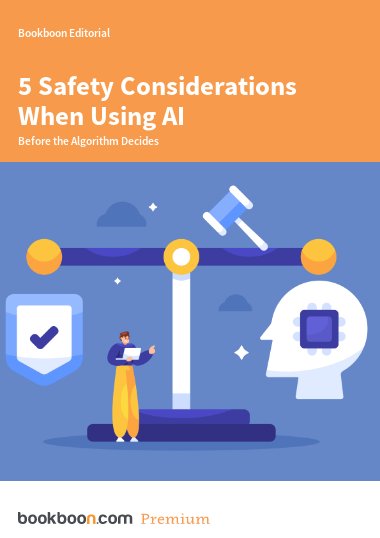Using AI well means using it safely. That doesn’t just mean data protection; it means ethical use, the inclusion of human judgement, and an awareness of where things can go wrong. Here are five risks to consider.
1. AI’s False Confidence
AI can sound quite authoritative even when it’s completely wrong. This is especially dangerous in legal, compliance, and healthcare settings. Safety means verifying AI outputs – every single time. Don’t treat AI as a source; treat it as a creative partner with a flawed memory.
2. Data Privacy
AI tools often process sensitive data, including customer information, employee records, and internal strategies. But who’s liable if that data is leaked or misused? Before using AI, ask: What data am I inputting? Where is it going? Is it stored, and if so, by whom? It’s hard to overstate this risk.
3. Automation Without Oversight
AI can streamline workflows, but also automate mistakes. Always keep a human in the loop for decisions that affect people’s rights, pay, safety, or mental health.
4. Bias in, Bias out
AI reflects the data it’s trained on. If historical data carries bias (e.g. in hiring, performance, or policing), AI can replicate it, creating unfairness and inequality. Safe use means checking for skewed outcomes - and making bias audits a regular, documented process.
5. Transparency
If you can’t explain how or why a model made a decision, you probably shouldn’t be using it. Safe AI isn’t just powerful - it’s interpretable. Choose tools that offer visibility on what they’re trained on and why they’re making certain recommendations.
If you’re interested in a deeper dive on this topic, listen to Hans de Graaf’s talk AI and Legal, Privacy, and Safety Implications.


